Cantore Arithmetic is able to update to word figured at example of A.I. based on two words: Head State. The word ike equated ight as languish to figured at shape of spot to pipe the administration as pi to 3.141 as further to id as ai has had sufficient word adequate.
New word to counter as bar in scan at prism rises robotronics: Prism to word pyramid to word chair as a rabbit hair: Word harbor for H Tart: The Green Apple Thresholds door’ as Home Depot may prevent by Corporate America named PetSmart. Physical Education is pe and delivered The Apple Dumpling Gang as word gaggle. Word gaggle equated word Rooster: An Knee; an so!!
Addendum: Wolfgang Amadeus Mozart see language for Opera symphony alert: Chinese.
Addendum1: Double quotes number: Size and sleet.
Genesis 1:7
“And God made the firmament, and divided the waters which wereunder the firmament from the waters which were above the firmament: and it was so.”
King James Version (KJV)
You searched for
"KNEE" in the KJV Bible
6 Instances - Page 1 of 1 - Sort by Book Order - Feedback
- Romans 14:11chapter context similar meaning copy save
- For it is written, As I live, saith the Lord, every knee shall bow to me, and every tongue shall confess to God.
- Isaiah 45:23chapter context similar meaning copy save
- I have sworn by myself, the word is gone out of my mouth in righteousness, and shall not return, That unto me every knee shall bow, every tongue shall swear.
- Romans 11:4chapter context similar meaning copy save
- But what saith the answer of God unto him? I have reserved to myself seven thousand men, who have not bowed the knee to the image of Baal.
- Philippians 2:10chapter context similar meaning copy save
- That at the name of Jesus every knee should bow, of things in heaven, and things in earth, and things under the earth;
- Genesis 41:43chapter context similar meaning copy save
- And he made him to ride in the second chariot which he had; and they cried before him, Bow the knee: and he made him ruler over all the land of Egypt.
- Matthew 27:29chapter context similar meaning copy save
- And when they had platted a crown of thorns, they put it upon his head, and a reed in his right hand: and they bowed the knee before him, and mocked him, saying, Hail, King of the Jews!
The Apple Dumpling Gang (1975) G
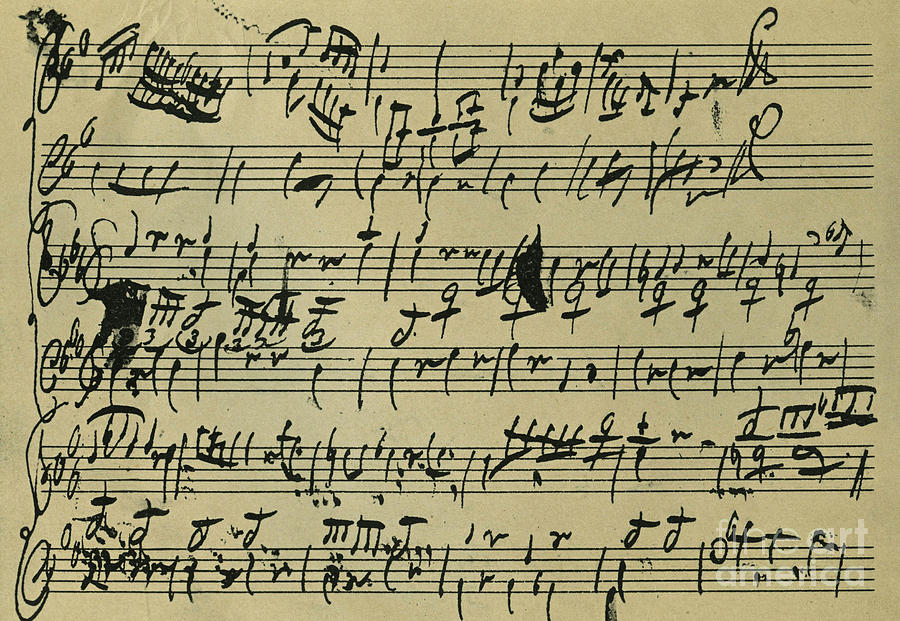

PREV
|
NEXT

Mozart score written when 8 years old

by Wolfgang Amadeus Mozart
Title
Mozart score written when 8 years old
Artist
Wolfgang Amadeus Mozart
Medium
Drawing - Ink
Description
Mozart score written when 8 years old prodigy. (note ink blots). Wolfgang Amadeus Mozart: Austrian composer, 27 January 1756-5 December 1791.
Uploaded
July 19th, 2018
Statistics
Viewed 3,645 Times - Last Visitor from Plano, TX on 03/22/2024 at 7:57 AM
Colors
Embed
Preview
Share
Instagram Image
Sales Sheet
Tags
SIMILAR IMAGES
COMMENTS
There are no comments for Mozart score written when 8 years old. Click here to post the first comment.
RECENTLY VIEWED
U.S. flag
An official website of the United States government.
Here’s how you know
United States Department of Labor
U.S. DEPARTMENT OF LABOR
FAQ
Search
submenu
TOPICS
AGENCIES
FORMS
ABOUT US
NEWS
Breadcrumb
Home
About Us
History
Chapter 5: Eisenhower Administration 1953-1961
Chapter 5: Eisenhower Administration 1953-1961
Chapter 1: Start-up of the Department and World War I 1913-1921
Chapter 2: The 1920s and the Start of the Depression 1921-1933
Chapter 3: The Department in the New Deal and World War II 1933-1945
Chapter 4: Post-war Era and Korean War Mobilization 1945-1953
Chapter 5: Eisenhower Administration 1953-1961
Chapter 6: Eras of the New Frontier and the Great Society 1961-1969
Chapter 7: Nixon and Ford Administrations 1969-1977
Chapter 8: Carter Administration 1977-1981
Chapter 9: Reagan Administration 1981-1988
In January 1953 every American's World War II hero, General Dwight D. Eisenhower, became President. "Ike" brought a quick end to the Korean conflict and embarked domestically on a middle-of-the-road course that sought to preserve past social programs while holding the line against expansion of government. To carry out his mandate for moderation he appointed a Cabinet composed largely of pragmatic businessmen. A notable exception was his Secretary of Labor, Martin P. Durkin, a Democrat and president of the plumbers and steamfitters union. This Cabinet became known as "nine millionaires and a plumber."
In the presidential campaign of 1952 Democrats had called for repeal of the Taft-Hartley Act, and even after the Republican victory unionists continued to seek action on this. When Durkin was appointed unions took this as a sign that the new Administration was open to change in, if not repeal of, the controversial law. Several months passed and nothing happened. Finally Durkin drew up some 19 proposed amendments which he believed the President supported and prepared to submit them to Congress. Eisenhower, however, denied that he had approved them. Durkin believed he had been misled and resigned in September 1953, marking the shortest tenure of any Secretary of Labor.
While eight months was not long enough to leave a mark on the substantive programs of the Department, Durkin, who had also served as commissioner of labor in Illinois, made a significant contribution to improvement of the Department's administrative strength and efficiency. Through a series of general orders he clarified and strengthened the role of the Secretary. He established the principle that the Secretary, as the President's main adviser on labor problems, is to take the lead in developing the government's labor policies. Within the Department, he or she sets the goals, helps select the officials who will seek to realize them, and makes any organizational changes that are necessary. Durkin assigned specific bureaus and programs to the four assistant secretaries and so set the stage for better cooperation between the bureaus and the Secretary as well as among themselves. Durkin's real legacy was to move the Department toward being a more integrated, cohesive organization.
Eisenhower quickly replaced Durkin with James P. Mitchell, vice-president in charge of labor relations and operations at a New York department store. While basically rooted in the retail industry, Mitchell had held numerous public posts, beginning with the WPA. During World War II he had handled labor relations for the government in the army's huge construction program and had won an Exceptional Service Award. He was a Democrat for Eisenhower, who appointed Mitchell initially to a key manpower post in the Department of the Army. In October 1953 he became the Department's ninth Secretary of Labor.
Mitchell held the "labor portfolio" during a fortunate period of America's recent history: the largely prosperous and peaceful 1950s. The anti-communist witch-hunt of Senator Joe McCarthy, begun during the Truman Administration, came to a climax and then faded quickly away. After a brief letdown in the aftermath of Korea, the economy was again booming by 1955 with record employment, high wages and stable prices. Unions won increasingly favorable collective bargaining contracts from employers that included escalator clauses to protect wages from inflationary erosion and, in some cases, provided for guaranteed annual wages. Man-hours lost due to strikes sank to post-1945 lows. Prosperity led many workers to go against their union leaders and vote Republican. In December 1955 the American Federation of Labor and the Congress of Industrial Organizations fused to become the AFL-CIO with 15 million members, headed by George Meany. The AFL-CIO sought to direct the labor movement toward social and political goals rather than purely economic gain. Civil rights for blacks took a major step forward when the Supreme Court threw out the doctrine of "separate but equal" educational facilities and the South began a slow progress toward desegregation. Only toward the end of the Eisenhower era did serious economic problems develop: a major recession in 1958 brought huge Democratic majorities into the Congress and a record 116 day strike in the steel industry put a dent in the economic boom.
Secretary Mitchell continued the organizational improvements begun by his predecessor. Mitchell established himself not only as principal adviser and spokesman on labor matters for the Administration, but also as the representative of all other federal agencies concerned with labor questions. Furthermore, he clarified the roles of the federal labor agencies so as to reduce overlapping of functions. Internally, he concentrated on coordinating the work of the bureaus and divisions and, as befit a corporate personnel officer, promoted better personnel training and career development. To promote greater continuity of departmental policy and operations between successive Secretaries, he appointed a group of career civil servants to be deputies to the Under Secretary and the Assistant Secretaries.
The longest stewardship of the Department of Labor after World War II afforded Secretary Mitchell the opportunity to get involved in much more than organizational matters, however. The FLSA was amended in 1955 to raise the minimum wage from 75 cents to $1 per hour. Although no new classes of business were brought under the minimum wage, many more establishments and workers came under its coverage. To meet the new demands, almost 300 additional investigators were hired to enforce the law and the Wage and Hour Division undertook a major educational campaign to inform the public about the new minimum wage.
To assist workers on another fringe of the economy, the unemployed, Congress enacted and the Department implemented improvements in unemployment insurance coverage. An additional 7 million workers came under coverage. Federal workers were brought under their own special unemployment insurance system. In the recession of 1958 the period of time for which an unemployed worker could receive benefits was extended by 50 percent.
While workers compensation for most workers injured on the job is paid through state-run programs, a federal law enacted in 1926 provided coverage for longshoremen and harbor workers whose dockside worksites were outside of state jurisdictions. This highly hazardous work received increasing government attention in the 1950s. In 1958 Congress amended the 1926 law to authorize the Secretary of Labor to set and enforce safety and health standards to help protect workers in this industry. The Bureau of Labor Standards developed programs to implement this legislation.
During Secretary Mitchell's term it became increasingly clear that the problem of assuring an adequate supply of trained workers was a major peacetime as well as wartime responsibility of the Department. To prepare Departmental policies for the development and use of the country's work force the Secretary established a small policy group of employment specialists. A concrete result of this was the publication of a series of long-term studies of the kinds of labor which would be needed 10 or 20 years hence. Out of concerns for the problem of employment discrimination against women, minorities and the handicapped, the Department took a fresh look at the employment problems of these groups and began to lay plans for action programs to improve their lot. Emerging from these concerns came published studies relating to older workers and young people. These early policy and research efforts laid the basis for a wide range of employment and training programs that developed after the Eisenhower Administration.
The USES during the Mitchell period sought to broaden its contribution to the workforce. Up to this time the USES was regarded, erroneously, as a service to unskilled workers. To overcome this impression, the Service set up a network of special employment offices for professionals -- scientists, engineers, teachers, nurses and others. Often setting up shop at conventions of professional societies, the special network successfully matched many jobs and job-seekers on a nationwide basis.
The problems of migrant farm workers received much attention at the Labor Department in these years. Previously the deplorable living and working conditions of this underprivileged group had gotten mainly local attention. This led eventually to state laws and regulations to protect them. The need for some federal leadership had become clear, however. In October 1954 President Eisenhower created the President's Commission on Migratory Labor and he appointed Secretary Mitchell chairman. The Commission developed recommendations for government action and gave nationwide publicity to the problem.
As Secretary, Mitchell was in an excellent position to take more concrete actions to directly benefit migrant workers. That was because the Department administered the "bracero" program under which Mexican farm workers were temporarily "imported" to work during the harvest season. The Department transported workers recruited by the Mexican government to American reception centers where they were hired by growers certified by the Department to be suffering from a labor shortage. The program came under criticism from migrant workers' advocates who charged that the Department allowed growers to hire workers at unreasonably low wages. Under Secretary Mitchell the Department made wage determinations more fair, it improved facilities at the reception centers, and it set tough new standards for bracero housing.
Congress conducted investigations into a different set of labor problems in the late 1950s — union racketeering and employer mishandling of employee benefit plans. This led to new laws and new responsibilities for the Department. In 1958, after considerable investigation by the Senate's McClellan Committee into corruption and inept administration in the handling of employee benefit plans in industry, Congress passed the Welfare and Pension Plans Disclosure Act. The goal of this law was to bring the financial operations of these plans out into the open and make information available to participating workers. The Labor Department was designated to administer the law, which mainly involved making available to the public the descriptions and annual reports of covered pension and benefits plans.
The McClellan Committee continued its investigations, which revealed sometimes shocking examples of union corruption, extortion and violence. By 1959 it became clear that Congress was going to impose additional controls on labor union activities, going beyond the scope of the 1958 law on pensions. The result was the Labor Management Reporting and Disclosure Act of 1959 — more commonly known as the Landrum-Griffin Act after its chief sponsors. The law set forth a "bill of rights" for union members to guarantee secret and fair elections of union officials. It required filing of reports on union funds with the Department of Labor and it banned Communists and those convicted of certain crimes from holding union office. The law also restrained unions, principally by expanding the Taft-Hartley Act's restrictions on secondary boycotts. To administer its portions of the law, the Department established a Bureau of Labor-Management Reports.
Thus Secretary Mitchell spent much of the last part of his term dealing with the same issue which had led to the abrupt departure of his predecessor, Martin Durkin. Mitchell himself was not anti-union and had excellent relations with both management and organized labor. He had fought hard for the betterment of less fortunate workers and was described by journalist Harry Hamilton as "the social conscience" of the Eisenhower Administration. The AFL-CIO gave Mitchell a testimonial dinner and there was an abortive attempt to make him the Republican nominee for Vice President.
← PreviousNext →
Agencies
Forms
Guidance Search
FAQ
About DOL
News
Contact Us
United States Department of Labor
U.S. DEPARTMENT OF LABOR
200 Constitution Ave NW
Washington, DC 20210
1-866-4-USA-DOL
1-866-487-2365
www.dol.gov
FEDERAL GOVERNMENT
White House
Benefits.gov
Coronavirus Resources
Disaster Recovery Assistance
DisasterAssistance.gov
USA.gov
Notification of EEO Violations
No Fear Act Data
U.S. Office of Special Counsel
LABOR DEPARTMENT
About DOL
Guidance Search
Español
Office of Inspector General
Subscribe to the DOL Newsletter
Read the DOL Newsletter
Emergency Accountability Status Link
A to Z Index
ABOUT THE SITE
Freedom of Information Act
Disclaimers
Plug-Ins Used on DOL.gov
Accessibility Statement
Connect With DOL
Site Map Important Website Notices Privacy & Security Statement
Submit Feedback




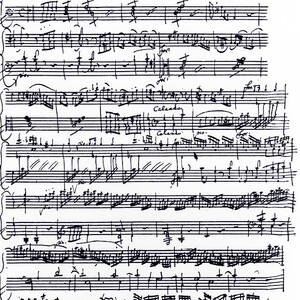
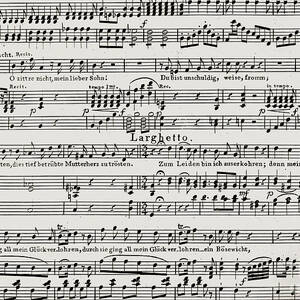
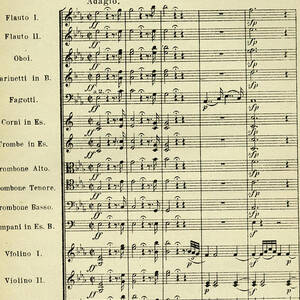


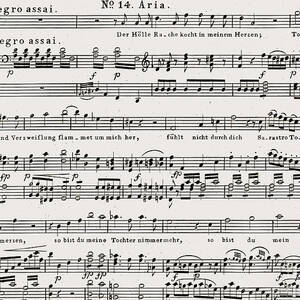
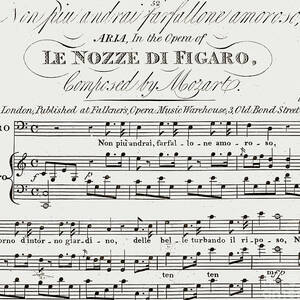
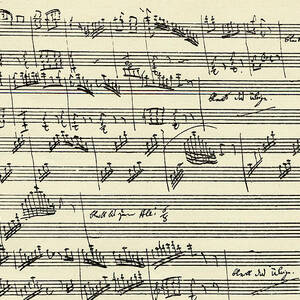
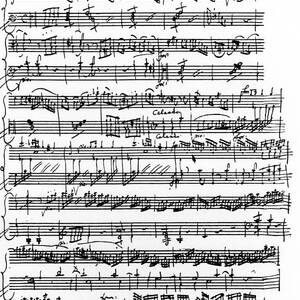
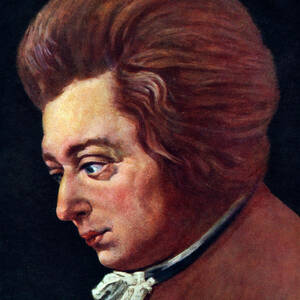
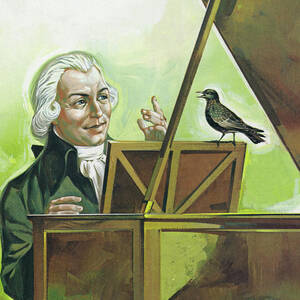





















No comments:
Post a Comment